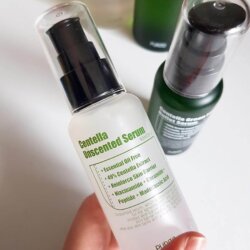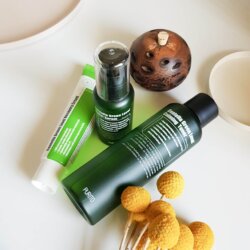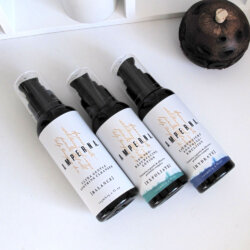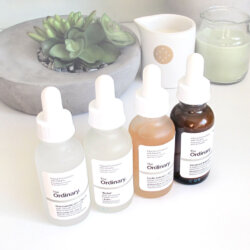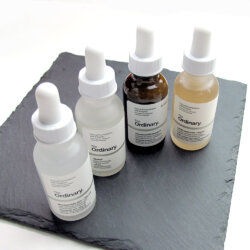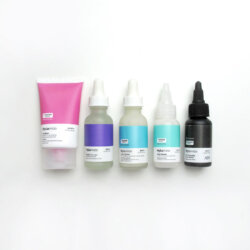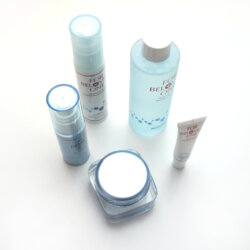Purito Centella Unscented Toner and Serum review
This post is sponsored by Purito. I reviewed the Centella Green Level line from Korean brand Purito last year, and the most common question was if there were versions available without essential oils. Purito then released an unscented version of their popular organic sunscreen which I reviewed here – now they’ve followed up with unscented, essential oil-free versions of the …
